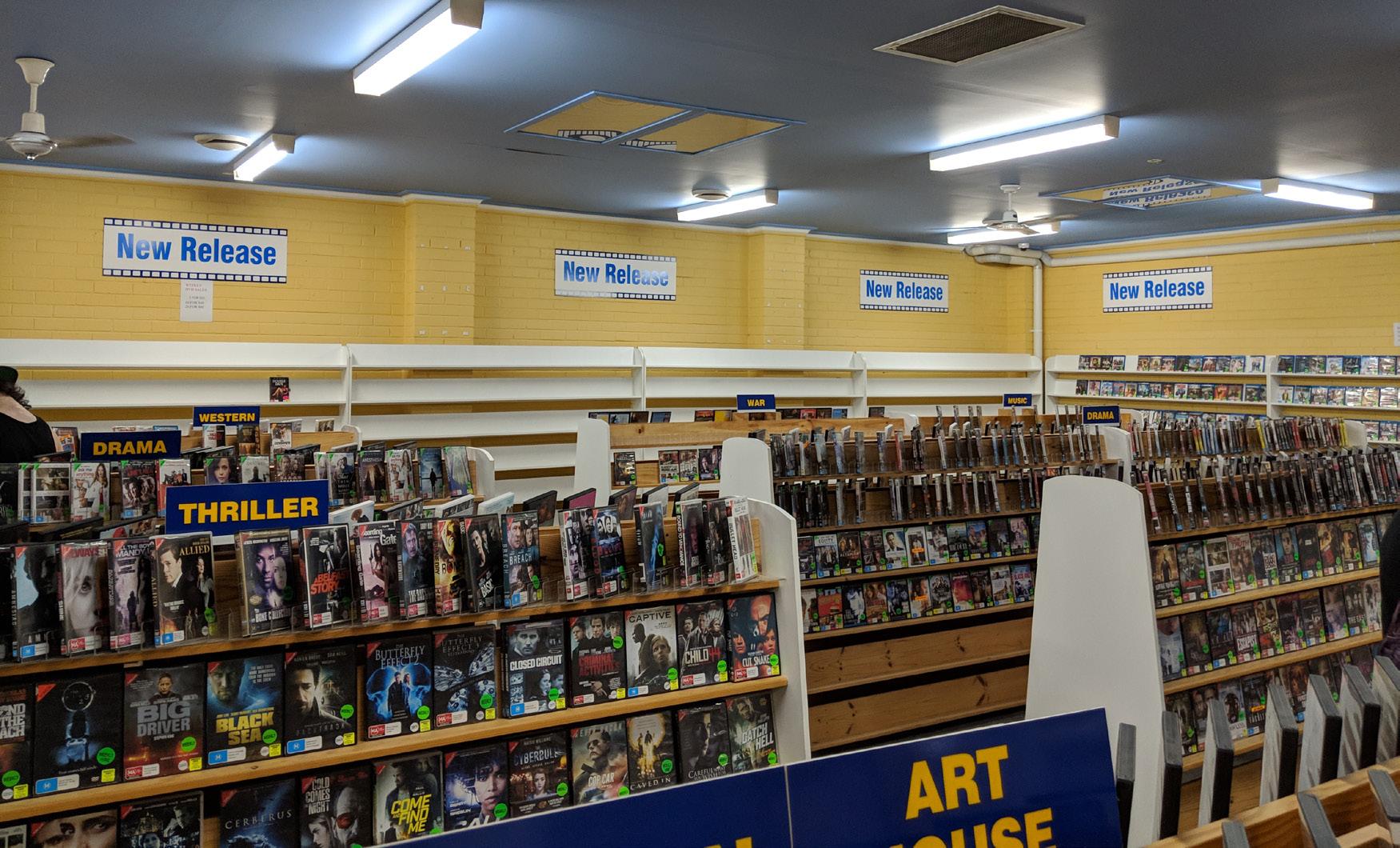
5 minute read
3 Netflix™ and video delivery
Background
Until the late 1990s, the main way to watch a movie at home was to rent a videotape from a store. When DVDs—then a new technology—grew popular, this video store business model continued. Customers visited a local store to rent DVDs, and then returned the discs to the store a few days later.
However, DVDs and videotapes had different strengths and weaknesses. Videotapes were relatively large and easy to break, and they needed to be replaced often. DVDs, on the other hand, were much smaller, thinner, and lighter, and they did not wear out from usage.
To Reed Hastings and Marc Randolph, co-founders of a startup called Netflix.com, this suggested an opportunity.
DVDs could fit into a small envelope, and easily survive being mailed again and again. So, instead of making customers go to the video store, they thought, how about delivering movies right to their door?
This idea is what led to Netflix becoming a major international company.
Analysis
Netflix launched in 1997 as an online-based DVD rentby-mail service. At that time, the internet was just starting to take off, so customers could easily set up an account, and then choose and manage their rentals, by going to the Netflix site. A day or two later, a DVD would arrive at their home.
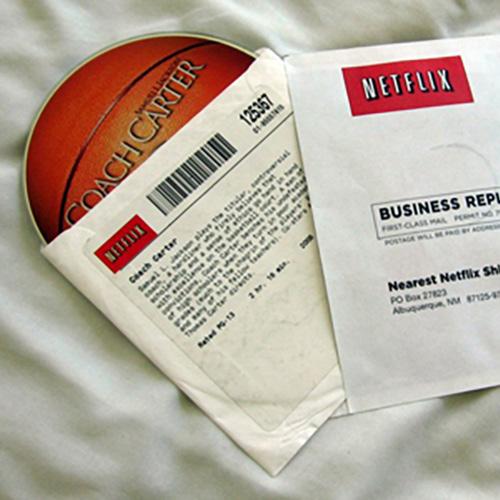
It started as a per-rental model, meaning customers would pay for each DVD rented and delivered. This allowed Netflix to grow and to take a share of the 16-billion-dollar DVD market. However, the company did not stop there.
By 1999, their model had changed to a monthly subscription fee. This allowed unlimited rentals, did not have time limits, and did not charge late fees. Co-founder Hastings claims that he had the no-late-fees idea after having to pay a big late fee to Blockbuster Video, Netflix’s early competitor. He correctly saw that his frustration at being charged for returning late movies was something that most people also felt.
Netflix’s new business model had a big effect on the movie rental industry. In fact, people were so satisfied with the convenience of DVDs by mail that the video rental store model started dying out. In 2004, Blockbuster tried to catch up with Netflix by starting its own DVD rental service, but by then it was too late.
However, the most amazing part of Netflix’s innovation story is that it does not end there. In fact, many people today don’t even know that Netflix used to be known for DVDs by mail. That’s because Netflix continued to look for new threats and opportunities in the video delivery market, and soon changed again.
Netflix realized that faster internet speeds would soon allow online streaming to be possible, so they changed their business model again. In 2007, they started to deliver video online.
Netflix also saw that access to video content would soon become a problem with its new competitors, such as Amazon and Disney. So Netflix innovated again, this time by producing its own TV series and movies.
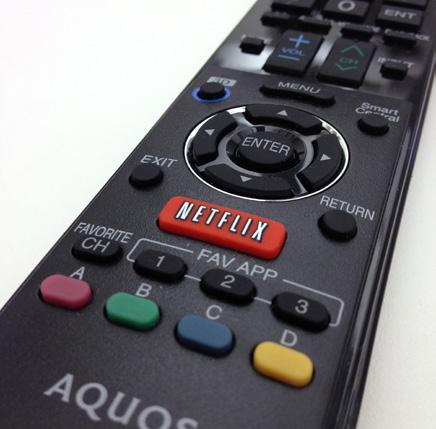
Conclusion
In a fast-changing world, businesses need to actively look for emerging threats and opportunities. Netflix is a rare case of a company that adapted successfully, not only once but several times.
Questions and extension tasks
Do you use online streaming services? Explain:
Compare some of the major online streaming services.
Price Features Comments
Netflix
Amazon Prime
Apple TV
Disney+
YouTube
Other:
Discussion: In ten years, which of these companies do you think will be most and the least successful? Why?
3 In pairs, create your ideal online streaming company. Describe your content, customization options, price plans, sharing options, etc. Present your new service to other groups.
Background
The history of social media in the 21st century is full of cautionary stories. The rise and fall of companies such as Friendster, MySpace, and Mixi remind us that emerging threats and opportunities are difficult to predict in the online world.
One company that has continued to grow strong for many years is Twitter. Since its creation in 2006, Twitter has been called many things: a social network, a microblogging service, and a “firehose” of information. It has been praised as a platform for free speech, but also accused of spreading lies and hateful speech.
One thing that fans and critics alike can agree on is that Twitter has become a major player, and is unlikely to go away. By the early 2020s, Twitter had over 300 million users, making it the 10th biggest social media companiy in the word.
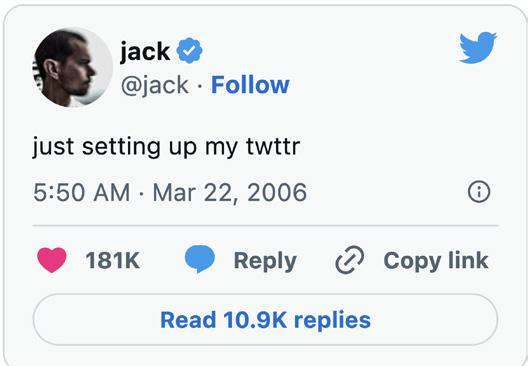
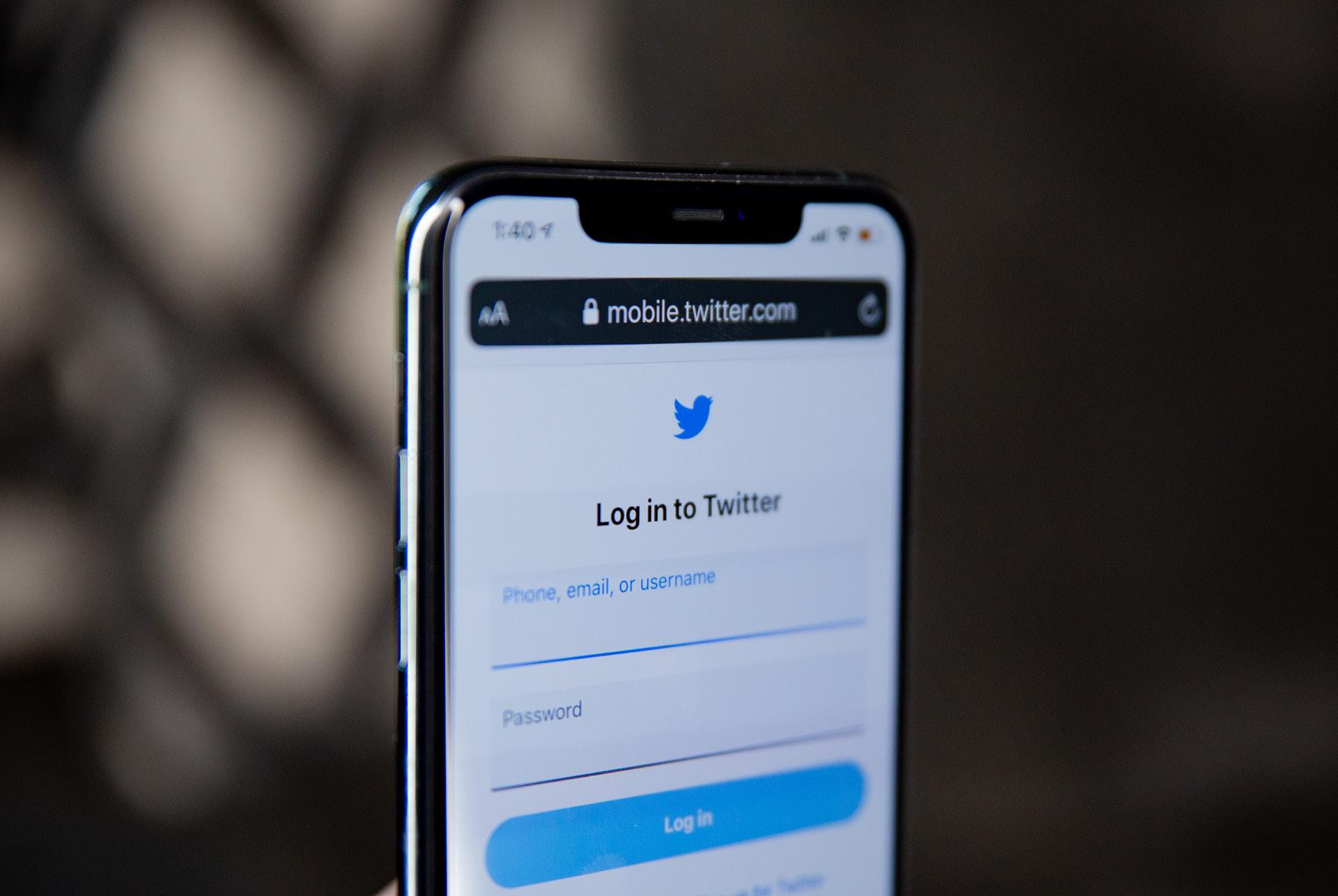
Analysis
From the beginning, it was hard to pin down Twitter’s main strengths and weaknesses. The short length of its “tweets”, which some may consider a weakness, was to other people a kind of strength. As one of Twitter’s cofounders famously said, “[Twitter is] hard to define, because it didn’t replace anything. […] over time you figure out what it is.”
The launch of Twitter in March 2006 predated apps and smartphones. However, texting was already common at the time. People were used to using SMS to send short texts to each other’s cell phones.

One of Twitter’s co-founders, Jack Dorsey, suggested taking this idea, and creating a service where users could share short messages openly. That is, users would be able to broadcast SMS-like messages that anyone else could follow.
It was an instant hit. Users loved that they could share short messages and “personal status updates” with the whole world. Movie stars, musicians, authors, and politicians could now make announcements directly to their audiences. They could know how fans reacted by how many likes, retweets, and replies that they received.
What’s more, breaking news could be shared as it happened, and large groups of people could organize their actions in real time. It didn’t matter how wellknown or how rich a person or group was. Twitter gave every voice an easy, instant way to be heard.
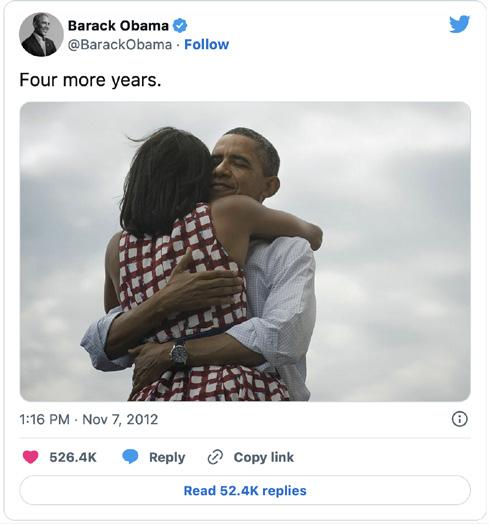
As users demanded new features, Twitter was quick to adapt. For example, it soon became clear that users wanted to be able to tweet more than 140 characters. First, Twitter stopped counting “@” handles within the 140 characters. Then, they stopped counting filenames and attachments. Finally, they doubled the limit to 280 characters.
Twitter also added new features, such as photos, polls, user profiles, even streaming video. Over time, it has expanded to compete with more “traditional” social media such as Facebook or LinkedIn.
Today it is difficult to image a world without Twitter as a major player. But perhaps the same could have been said about MySpace in 2006. In the social media industry, “long-term” success can mean just a few years.
Conclusion
What seems most interesting about Twitter is that it was not created with a very clear plan of action. The company founders first built the platform, and then reacted to how people used it. It seems like an unlikely model for success, but maybe that is the lesson here: sometimes the best strategy is to be flexible and to adapt quickly.
Questions and extension tasks
What social media services do you use? Describe your experiences.
What is the current business situation of Twitter? Do some online research and complete the SWOT analysis.
Strengths
Opportunities
Weaknesses
Threats
Discussion: What do you think Twitter should do next?
3 Think up your ideal social media company. Present your new service to other groups. Consider target users, key features, sources of revenue, etc.




